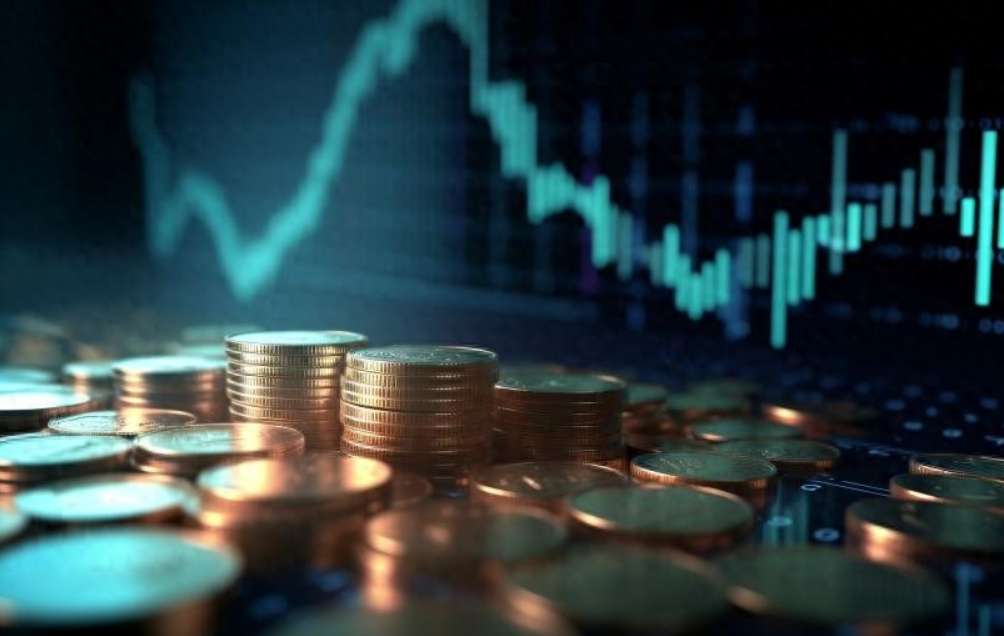On June 20th, the Hong Kong stock market witnessed a slight adjustment, with the Hang Seng Index dropping by 0.52%, while the Hang Seng Tech Index fell by 1.68%. Despite this minor setback, sectors such as gold, coal, power, semiconductors, and environmental protection saw gains. Looking back to June 19th, the market had experienced a significant rally, with all three major indices closing sharply higher. The Hang Seng Index surged by 2.87% to end at 18,430.39 points, the Hang Seng Tech Index climbed by 3.65% to close at 3,832.32 points, and the Hang Seng China Enterprises Index also performed impressively, increasing by 3.45% to reach 6,587.77 points. The total trading volume for the day was approximately HKD 112.758 billion, with net buying from southbound funds amounting to HKD 2.368 billion. From an industry performance perspective, energy, technology, raw materials, and financial sectors led the gains.
Considering the recent trends in the Hong Kong stock market, the Hang Seng Index previously hit a significant peak of 19,706 points on May 20th before undergoing a deep adjustment of nearly 2,000 points over the course of about a month. Recently, the market has picked up pace as a result of bullish developments. Several public funds have indicated that the robust rebound in Hong Kong stocks is the result of a confluence of favorable fundamental, news, and capital flows.
Analysts have suggested that a key driver behind the surge in Hong Kong stocks may have been the positive signals released by China Reform Holdings Corporation. Recently, the state-owned company cooperated with several well-known funds to launch an ETF designed to capture dividends from central enterprises trading on the Hong Kong Stock Connect. This initiative, which commenced subscriptions on June 19th, reflects a strong long-term optimism for the valuation of central enterprises in the Hong Kong market and underscores the responsibility of state-owned capital management companies to support market values.
Additionally, the Shanghai and Shenzhen Stock Exchanges have recently announced the revised implementation rules for the Stock Connect schemes. These amendments aim to modify the scope of ETFs included in the Connect and lower the inclusion standards, intending to broaden the range of ETFs available through the Stock Connects and continuously optimize the connectivity mechanism. This is expected to further invigorate market dynamics and cater to investors' diverse needs, thereby providing momentum for the ascendancy of Hong Kong stocks.
Currently, multiple institutions have published research reports collectively bullish on Hong Kong stocks. Dongwu Securities, in its analysis, highlighted that for the first five months of this year, both the Hang Seng Index and the Hang Seng Tech Index realized substantial gains, particularly as external capital inflow propelled the Hang Seng Index to rebound over 20%. This upward trend is largely attributed to a logic of recovery for global risk assets. As stock indices continue to rise globally in June, it is anticipated that the Hong Kong market may see further opportunities for rebounds.

According to Tianfeng Securities’ report, the prevailing sentiment in the Hong Kong stocks has begun to stabilize amidst short-term bearish tendencies. From a fundamental perspective, there is a high correlation observed between the Hang Seng Index and economic growth factors over the long term; since May 20th, the divergence between these indicators has been noted, arousing expectations of potential converging trends in the future. On the sentiment front, after nearly a month of wide-ranging adjustments, only 20% of the stocks in the Hang Seng Index have prices above their 20-day moving averages, indicating a reduction in trading enthusiasm. Historically, when trading intensity wanes to similar levels, the Hong Kong market usually experiences a rebound, suggesting a cautiously optimistic outlook for the current phase.
Reviewing the previous stock market rally that began at the end of April, the Hang Seng Index bottomed out around 16,000 points on April 19th, after which the Hong Kong market initiated a robust surge, leading the A-share market that followed suit on April 24th. Notably, trading volumes in the A-share market exceeded HKD 12 billion by April 29th. Will the Hong Kong stocks assert themselves as leading indicators for the next upswing?
Hu Yu, Chief Economist at Xinding Fund, opines that the current market is still in the early stages of a bull market. The comparative advantage of both the A-share and Hong Kong stock markets as sources of value has become increasingly obvious, especially with external market adjustments and the inflow of international capital amplifying profit-making opportunities. He predicts that this bullish trend could last until 2027, commencing from 2024. Given that the bottom at 2635 points is being gradually solidified, we are witnessing the gradual maturation of a new bull market.
Yan Zhao Jun, a strategy analyst at Zhongtai International, remarked on the palpable divergence in performance between Hong Kong and A-share markets. As Hong Kong stocks post significant gains while the CSI 300 index continues to adjust, this reflects a cautious sentiment among investors regarding fundamental forecasts. However, it is generally consensus that investor capital in both markets is heavily concentrated on high-dividend strategies.
(Note: This article does not constitute any investment advice)